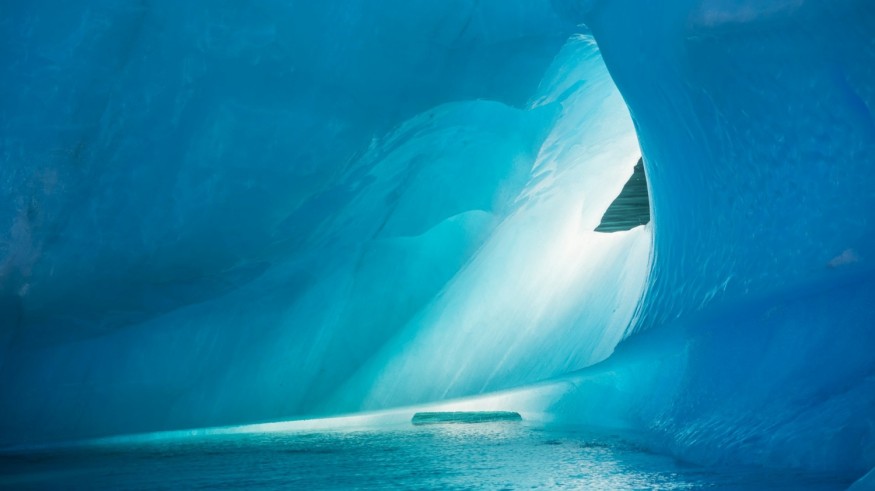A sea ice hole mystery has enveloped Antarctica for a long time, as multiple chamber-like structures, known as polynyas, are present in the icy continent. A discovery several decades ago even fueled this secret when scientists found a large sea ice hole, called Maud Rise polynya. The phenomenon occurred on the Maud Rise mount in the Weddell Sea, in the Southern Ocean side of Antarctica.
The mysterious hole has baffled scientists for decades since it was discovered during the 1970s. While the Maude Rise polynya had occurred sporadically in the succeeding decades, its size became noticeable during the winter of 2017 when it became very large and persisted for several weeks, according to reports earlier this week. Now, scientists may have solved the long-held mystery.
What are Sea Ice Holes?

Sea ice holes in the Antarctic Sea had been a puzzle for the scientific community for years. However, a 2023 research paper led by the University of Washington (UW) used a combination of robotic data and satellite images to explain the mysterious holes.
The study, published in the journal Nature in June 2023, allowed researchers to better understand the Antarctic polynyas.
According to the paper's lead author Ethan Campbell, an oceanography doctoral student at UW, it was previously thought that the large hole in the sea ice was a rare phenomenon that became extinct. However, related events back in 2016 and 2017 forced the research team to re-evaluate the said notion, Campbell adds. They found polynyas are caused by multiple or a combination of factors.
The team specified that one of the factors for the formation of polynyas is 'uncommon ocean conditions' and the second being a 'series of extreme storms,' with hurricane-force winds, that passes over the Weddell Sea, the lead author explains.
Among these sea ice holes; the Maud Rise polynya is the largest ever recorded and the mystery has been unravelled in a separate study.
Maud Rise Polynya
The term "polynya" is a Russian word that means "hole in the ice" that can form near the shore as the wind pushes the ice around. Yet, polynyas can also appear far from the coast and persist around for weeks to months, according to the UW. These holes also serve as an "oasis" for different Antarctic animals such as penguins, seals, and whales since they can pop up and breathe through this gap.
When it comes to solving the sea ice hole mystery of the Maud Rise polynya, a more recent study published in the journal Science Advances on Wednesday, May 1, has found an answer. A research team from the University of Southampton and other institutions found that the Ekman-driven salt transport could be a significant mechanism behind the open-ocean polynya formation at Maud Rise.
The University of Southampton explains the Ekman transport process involved the transfer of salt into the northern flank of the Maud Rise, where the said sea ice hole formed. The process also involved water moving at a 90-degree angle toward the direction of the blowing wind above, which influences ocean currents, according to the university's news release on Thursday, May 2.
© 2026 NatureWorldNews.com All rights reserved. Do not reproduce without permission.





